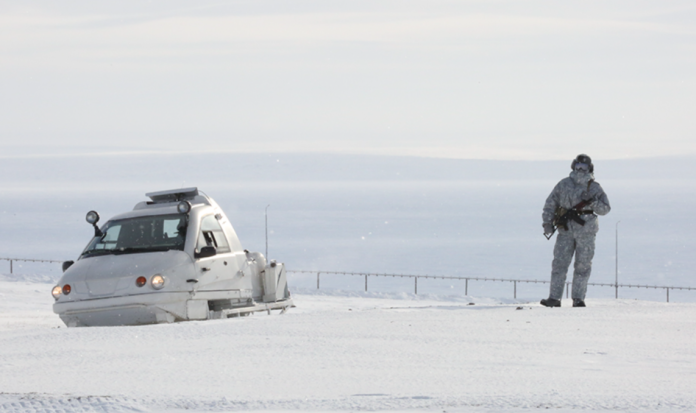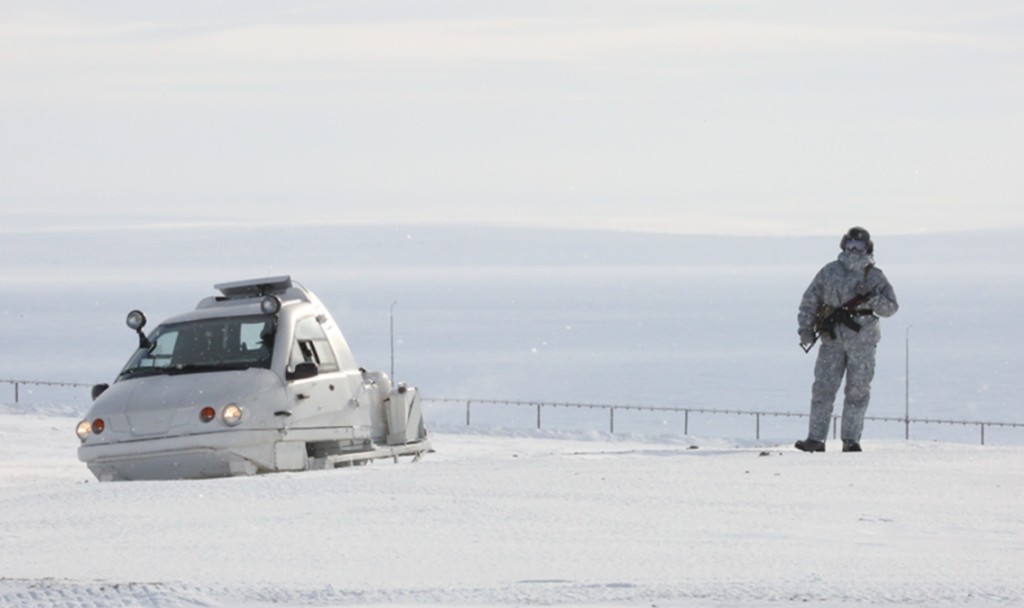
“Russia is building on the Kola Peninsula…one of the world’s largest stockpiles of nuclear warheads,” Norwegian Defence Minister Tore Sandvik warned in an interview last week with The Daily Telegraph. That warning underlines a fact tracked by defense planners across NATO – that the Arctic is no longer a second-class theater of operations, but a first-class front in Moscow’s grand military strategy.
Since the beginning of Russia’s full-scale invasion of Ukraine in 2022, the Kremlin has advanced its presence in the Arctic through more nuclear armaments and greater naval forces, testing advanced weaponry in the High North. The strategic geography of the region-acting as a connector of Europe, North America, and polar approaches-makes it a battlefield of critical deterrent value, power projection, and possible conflict.
This listicle describes nine of the biggest developments behind the military expansion of Russia in the Arctic, each with an immediate relevance to NATO’s security equations and stability of the global nuclear order.
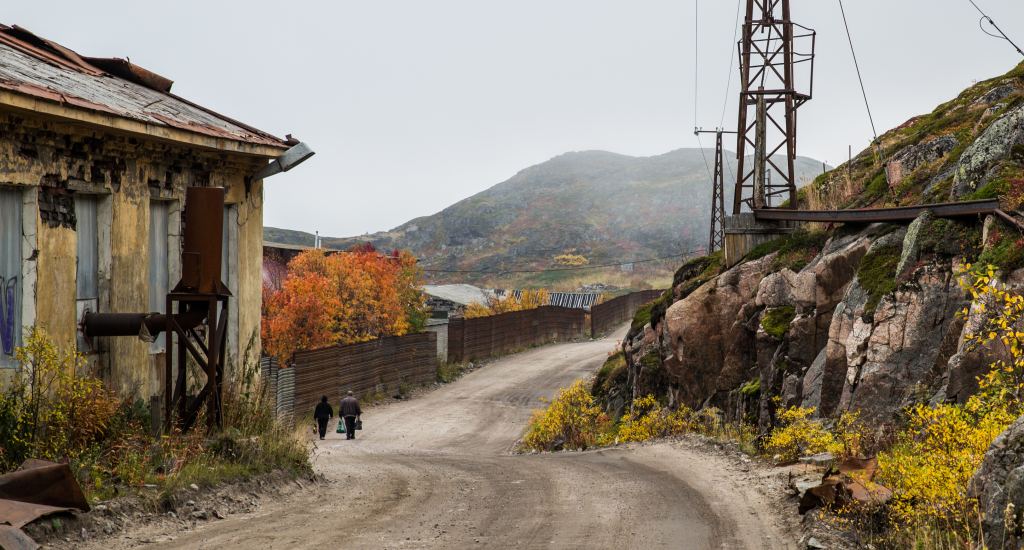
1. Preparations of Nuclear Warheads at the Kola Peninsula
It houses one of the world’s most concentrated nuclear warheads, targeting Norway, Britain, Canada, and the United States. According to Sandvika, the warheads were part of the basing of Russia’s Northern Fleet serving the dual purpose of strategic deterrence and rapid deployment. The weapons contribute to Moscow’s second-strike capability, hence their survivability even in case of a first nuclear strike. The fact that its location close to NATO brings added strategic worth and becomes the focus of allied attention for monitoring and gathering intelligence.
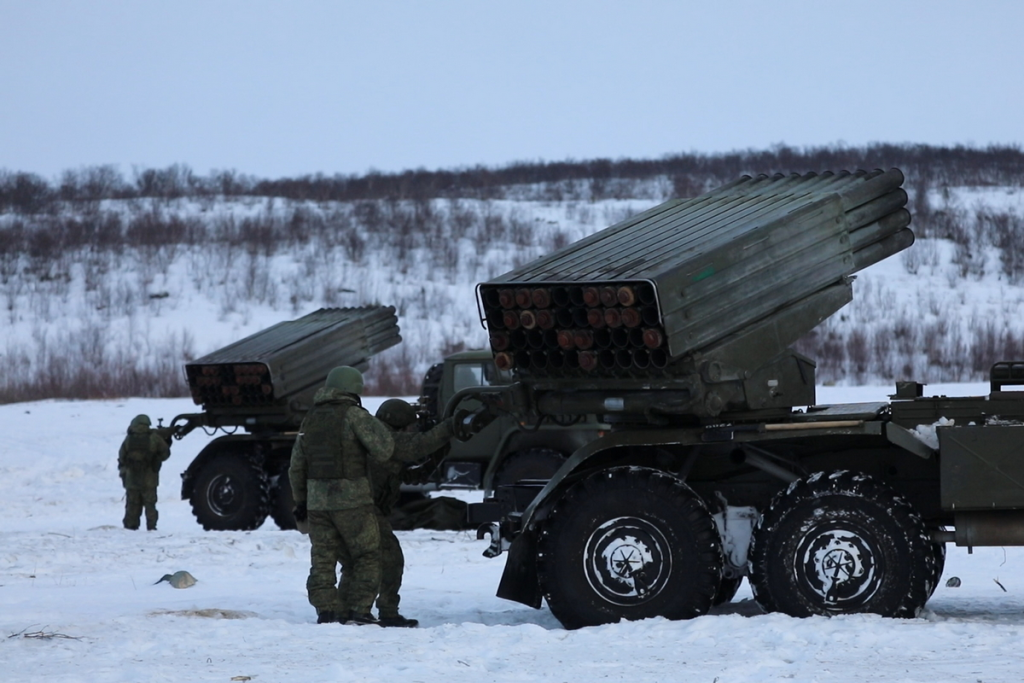
2. Expansion and Renewal of the Northern Fleet
Still in place is the Northern Fleet, which took a beating in Ukraine and is still being modernized. Newly added are a multi-role submarine and a frigate delivered in the past two years, and Borey-class SSBNs to replace the old Delta-class submarines. Hypersonic missile capability in the form of the Zircon missile at Mach 9 speed and 1,000 km range extends strike power against NATO warships and shore targets. Modernization makes the fleet applicable to nuclear and conventional missions alike.
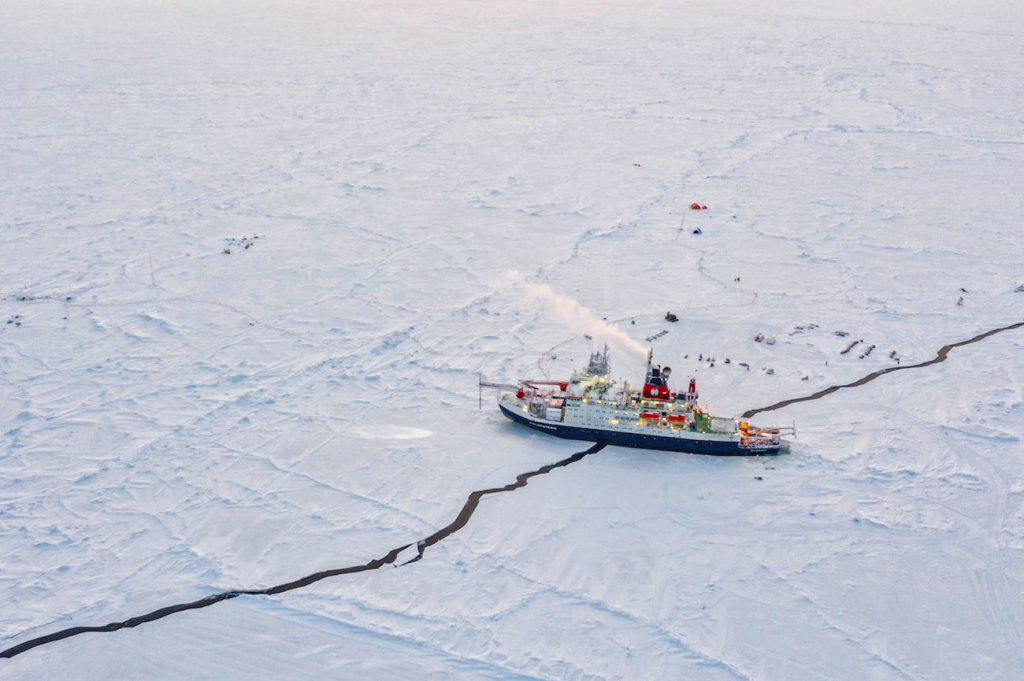
3. Bastion Defence and Strategic Gap Control
It rests on “Bastion defence”, safeguarding the patrol routes of SSBNs in the Barents Sea and blocking the entry of NATO to the main maritime choke points. Sandvik pointed to the Bear Gap and GIUK Gap as key targets. Dominance over these corridors would slice NATO reinforcement traffic from the Atlantic while Russian submarines could travel with greatly reduced risk of detection. Such a multi-layered defense-submarines, land-based missile batteries, and state-of-the-art air defense-provides a formidable anti-access/area-denied (A2/AD) zone.

4. Development Testing of Next-Generation Weapons
The Arctic has become the testing field for the newest, most technologically sophisticated systems of Russia: nuclear-powered torpedoes Poseidon, hypersonic missiles Kinzhal, and test nuclear cruise missiles. Several live-fire exercises were conducted recently in the Barents Sea; the latest one was hitting the target by the frigate Admiral Golovko with a Zircon missile. Such exercises check not only technical performance but also transmit capability to NATO, inducing deterrence through observed demonstrations of power.
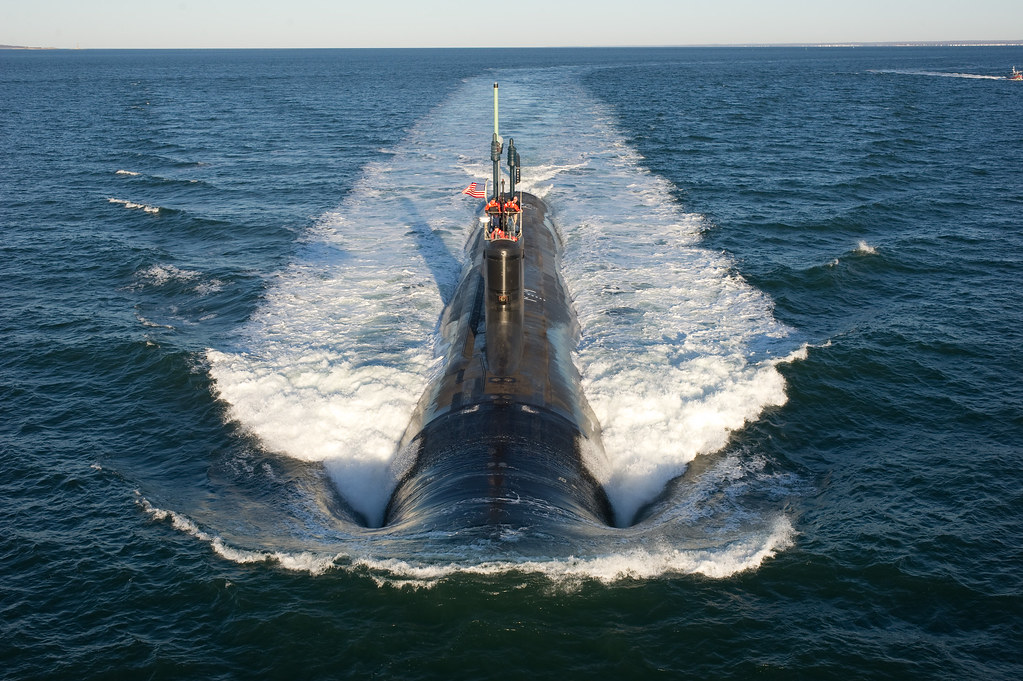
5. More Nuclear Submarine Operations
Russia has twelve strategic nuclear submarines able to carry 192 ballistic missiles, plus numerous cruise missile and special-purpose nuclear ships. Operations in waters to the north have increased significantly during the last decade with patrols reaching down into Arctic ice for cover benefits. Increased operations also make it more difficult for NATO to do anti-submarine operations, most especially when ice melting takes away natural cover, possibly forcing Russia to change tactics with extra escorts and air cover.
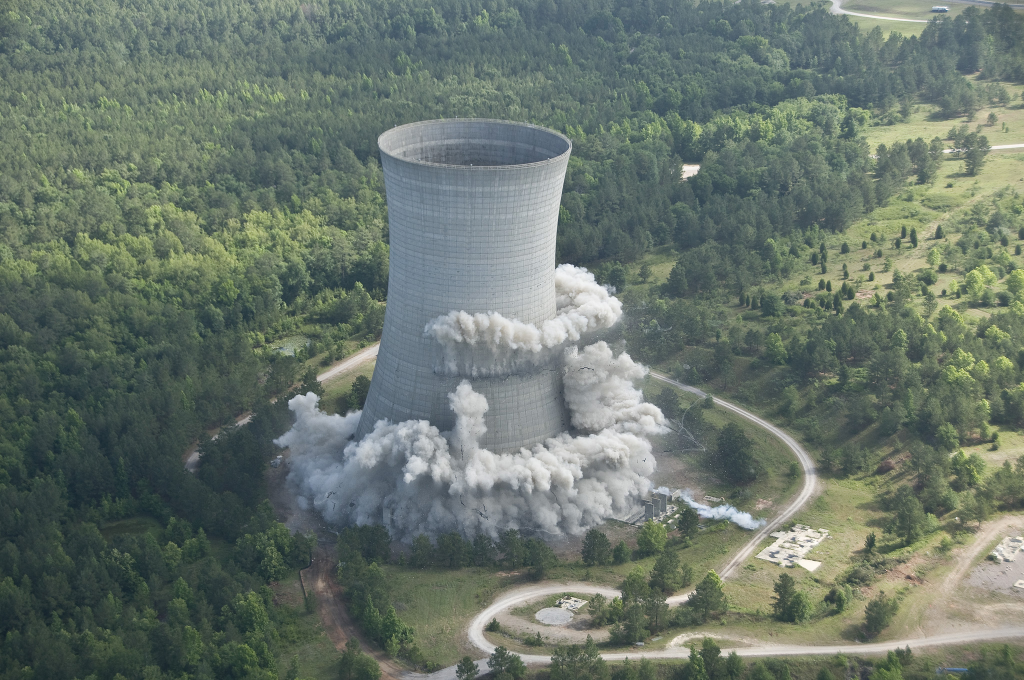
6. Radiation Risks and Nuclear Safety Decline
Radiation Hazards and Decline in Nuclear Safety High levels of Cesium-137 have recently been picked up across Norway’s Arctic border-a sign the danger from the nuclear activity is growing. Since 2022, Russia also stopped its collaborative work with other Arctic countries on nuclear safety, cancelling joined cleanups and slashing budgets for waste disposal. Currently, it operates 81 nuclear reactors in the region, 30% more than five years ago, and other Soviet-era legacy nuclear facilities still to be tackled. Accidents rise accordingly. The deterioration undermines local stability and is potentially available to Moscow as a geopolitical asset.
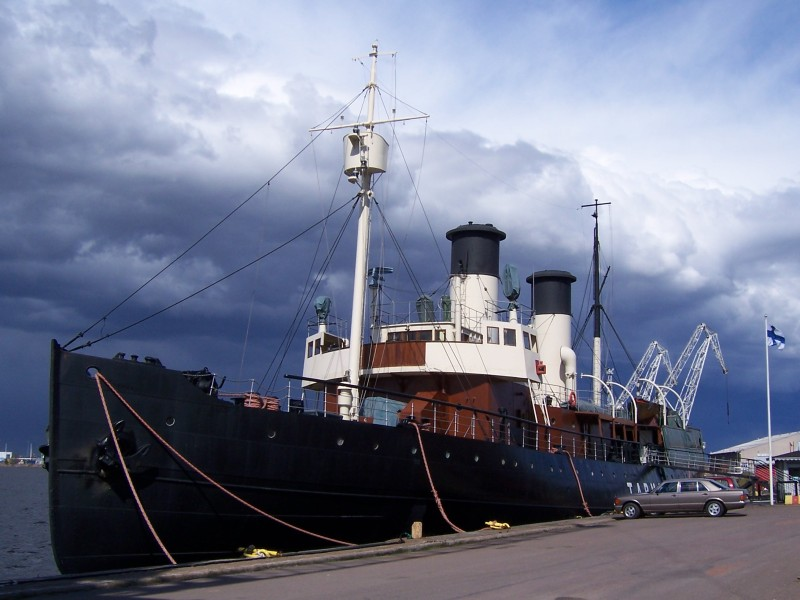
7. Strategic Value of the Northern Sea Route
Global warming, in turn, opens Arctic shipping routes, especially the NSR, to allow passage from Europe to Asia in a much shorter way. It is economic and strategic for Russia: it offers military mobility and resources exploitation opportunities. Rosatom’s icebreaker flotilla of nuclear-powered ships enables the facilitation of the route, with 2035 estimates for transit volumes at 270 million tons. Control over the NSR enhances Moscow’s influence in power projection and its capability to maintain operations in the High North.
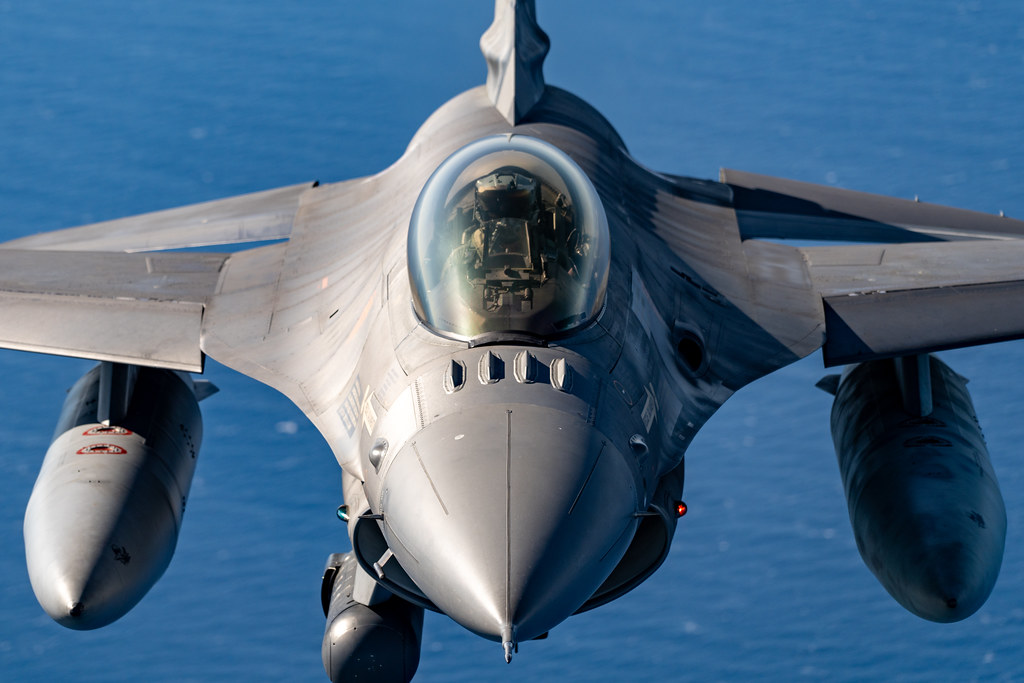
8. NATO’s Deterrence and Surveillance Posture
Norway provides “eyes and ears” to NATO in the Arctic through constant monitoring of Russian activities. Allied deterrence contemplates the combination of immediate defense of member state territory with extended defense of allies through a fusion of denial through conventional war and punishment by nuclear umbrella. Expeditionary deployment, such as bomber missions and naval patrols, denotes determination, but without permanent bases, flexibility is maintained with built-up presence in disputed seas.
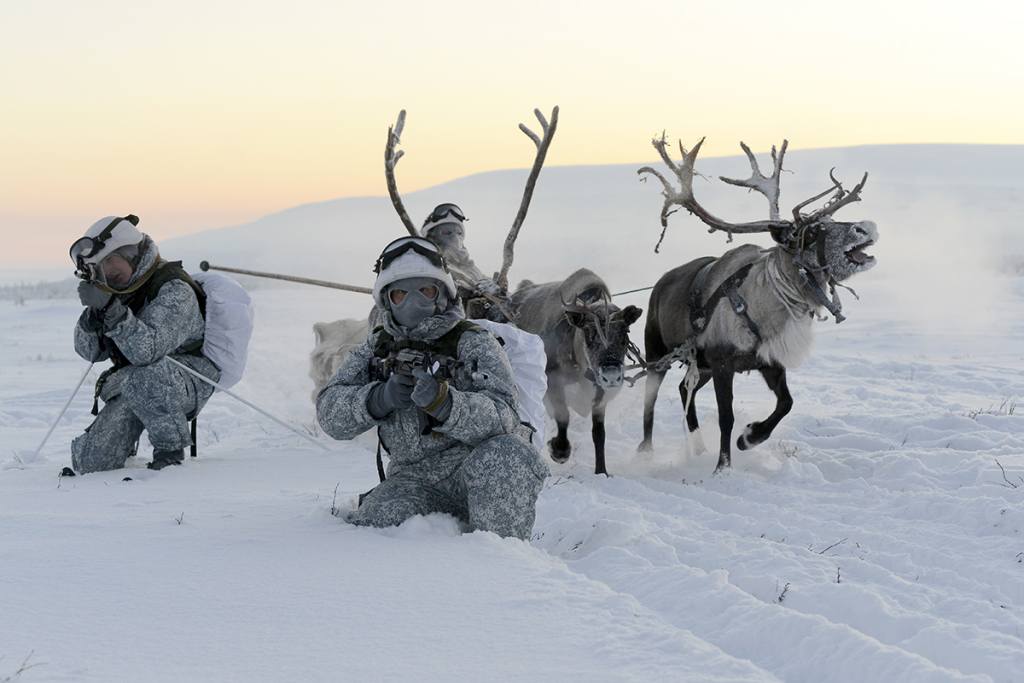
9. Climate Change Impacts on Arctic Military Infrastructure
Melting permafrost endangers the very foundation upon which Arctic military bases stand, including that of radar and missile emplacements. The US-Canadian North Warning System will see structural problems that need redesign for long-term stability. In Russia, less ice cover risks making SSBN patrols more detectable and hence in need of tactical maneuvering. These climatic changes are converging with strategic issues in a way that makes long-term defense planning precarious.
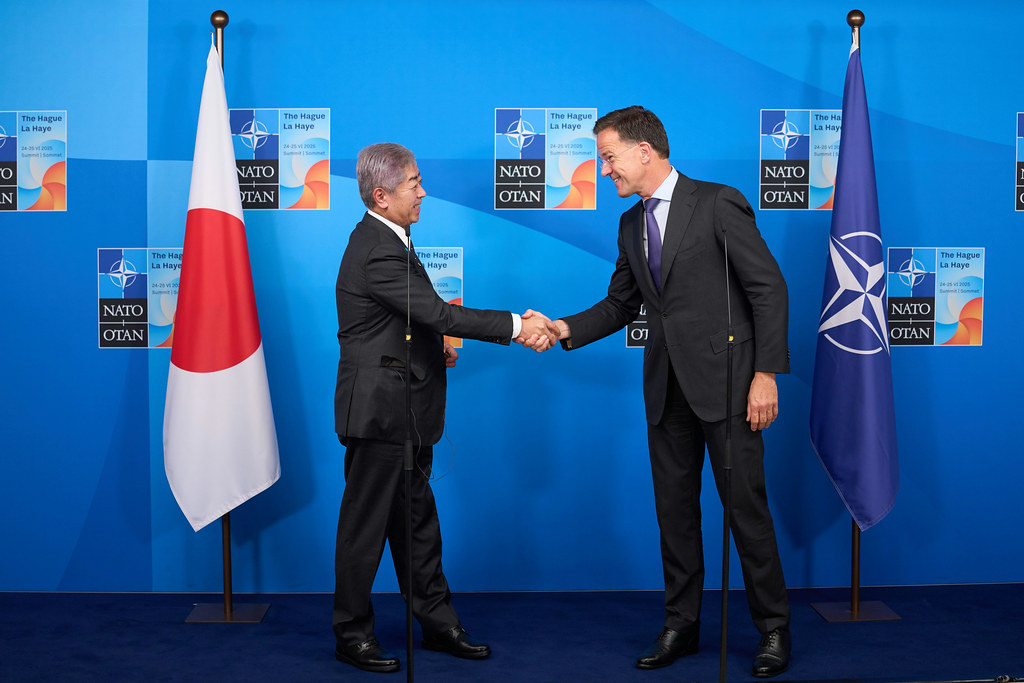
The High North has come to represent a multilateral threat-a mix of nuclear deterrence, sea power supremacy, high-tech weaponry trials, and environmental menace. For NATO, the High North is no longer a periphery area but a frontier theater where deterrence needs to be credible, surveillance unintermitted, and readiness guaranteed. As climate change remolds the operating terrain, the powerful combination of geography, technology, and geopolitics will decide the next chapter in the Arctic competition for security.
